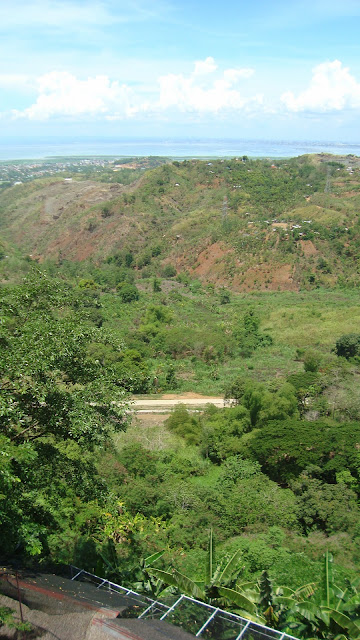Ode to Nature Re-Visited
Dr Abe V Rotor
Nature Re-visited in acrylic by the author (27"x 39") 2023
That was a long, long time ago when my first ancestors were banished from a beautiful heaven on earth, called Paradise, and since then they roamed the earth to all its corners, over the seas, up the mountains, across deserts, down the plains and valleys, onto the tundra and forest, and around the equator;
It's the world my brothers and sisters and I, inherited through countless generations, in a world of adventure and discovery, of knowledge and experience, of triumph and defeat, transience and endurance, leading to homogeneity and diversity of cultures, grouped and divided into civilizations past and present;
I have tried to capture in scenarios of reason and imagination, philosophy and theology, science and the humanities, building on the faculties my ancestors acquired from the Tree of Knowledge, liberating them from innate innocence, armed with formative conscience to know good from evil, reality from fantasy;
I have tried the best I can to be obedient to your laws, devout follower of your tenets and principles, grateful to your bounty, admirer to your aesthetic beauty, humble to your great mystery, respecting the boundary of the unknown, human strength and frailty, and the omnipotence of the Creator manifested in His absolute power of Primera Causa;
I dare visit the birthplace of my primeval ancestors after the Fall, though left alone, yours is a scene of regeneration, of rebirth, a landscape of contemporary renaissance, where you have demonstrated the principle of homeostasis, a kind of dynamic balance, denominator of sustainability in our own language today;
It is full of life the second time around I may say, alive in the air, water and land, creatures thought to be forever gone returning, building nests and family, trees heritage of many generations, now abode of new and continuing life, and the changing of seasons, imagined in Vivaldi's composition as lovely, magical transition;
And I, I am reborn into the innocence of a pristine world, fishing, hiking,
dreaming, hoping that someday more children of yours - Children of Nature - re-visit you, in a homecoming like the biblical prodigal son, re-joining his family in a setting imagined in John Milton's Paradise Regained;
Oh, Nature Re-visited, if only I could live longer in my golden years to paint more of your beautiful sceneries, if only I can bring back your happiest, unspoiled state, rebuild your ruins, build new landscapes, that I may share with your other children, I would gladly do so, albeit my inadequacies to accomplish such noble task. ~
Two parts Nature Re-visited painting by AVRotor 2023














































